Throughout your menstrual cycle, you are going to experience changes in your body. While many women are familiar with premenstrual symptoms such as bloating and cramps, there is another time of the month when you might notice pain and other symptoms of ovulation. Ovulation pain is also known as mittelschmerz, and it comes from the German terms for “middle” and “pain”. Here’s everything you need to know about this common occurrence.
When Does Ovulation Happen?

Ovulation is the part of your menstrual cycle when an ovary releases an egg. It typically occurs about halfway between your periods, which for many women is roughly 14 days into their cycle. However, this can vary so you may ovulate earlier or later than the 14-day point.
Why Does Ovulation Cause Pain?
An egg develops in your ovary, and as it grows it is surrounded by follicular fluid. When ovulation occurs, your ovary will release the egg with fluid and some blood. Ovulation pain may result from the follicle enlarging within your ovary right before ovulation begins.
In some cases, the pain could be due to a ruptured follicle. The egg will burst out of the follicle when it is ready, and this can cause some bleeding or fluid to emerge that may irritate the lining of your abdomen and lead to pain. Although it might sound alarming, it is a very normal part of your menstrual cycle.
What Does Ovulation Pain Feel Like?
Ovulation pain is a very individual experience, but for many women, it manifests as cramps or a twinging. It can last anywhere from a few minutes to several hours. It may also be accompanied by other ovulation symptoms such as discharge or light vaginal bleeding. Ovulation pain can feel similar to the pain you experience before your period, but it happens around two weeks beforehand.
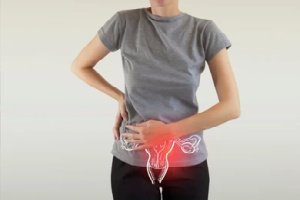
You may notice ovulation pain in your pelvis or lower abdomen region. Although you may feel it in the middle of your body, many women report sensations on the side of their body where the ovary is releasing an egg that month. For most women, the ovaries take turns ovulating, with each one releasing an egg every other month. Therefore, if the ovary on your right side is releasing the egg this month, you will feel the pain on your right side; it will likely switch to the left side during your next cycle.
How Common Is Ovulation Pain?
Although it does not get quite as much attention as premenstrual syndrome, ovulation pain is extremely common, affecting more than 40% of women who are ovulating during their reproductive years.
Among women who report ovulation pain, most of them experience it every month. Nevertheless, many women will never experience pain at ovulation. There is nothing unusual about ovulation pain and, in most cases, it is nothing to be alarmed about.
How Is Ovulation Pain Treated?
Most women will not need any treatment for ovulation pain, which tends to go away on its own within about a day. However, if your pain is interfering with your daily activities, you can take over-the-counter medications such as ibuprofen or acetaminophen, use a heating pad, or take a hot bath for relief.
However, if your ovulation pain is severe, you might consider talking to your gynecologist about taking birth control pills. Because hormonal birth control pills prevent ovulation from occurring, you will not experience ovulation pain each month. Of course, this is not a good solution for anyone who intends to get pregnant in the near future.
When Should I Be Concerned About Ovulation Pain?
If your ovulation pain is manageable and it occurs around the time of the month that you would expect to be ovulating based on when you get your period, there is usually nothing to worry about.

However, if you experience severe pain, make an appointment with your gynecologist to rule out a more serious condition, such as endometriosis, an ovarian cyst, a sexually transmitted disease, or some type of abdominal problem. Your doctor might perform a pelvic or abdominal exam to rule these conditions out. In some cases, an ultrasound may also be needed.
If possible, keep a record of the times during your menstrual cycle you experience the pain, where you feel it, and how long it lasts to help your doctor get a better picture of your symptoms.
Make an Appointment With the Women’s Healthcare Team at Raleigh Gynecology Wellness
It is important to talk to a doctor if you have any concerns about ovulation, fertility, or your menstrual cycle. At Raleigh Gynecology Wellness, highly trained physicians and nurses are devoted to helping women of all ages manage and treat a variety of gynecological issues. Contact us today to set up an appointment.
 If you are the parent of a teenage girl, you might be wondering when she should start seeing a
If you are the parent of a teenage girl, you might be wondering when she should start seeing a 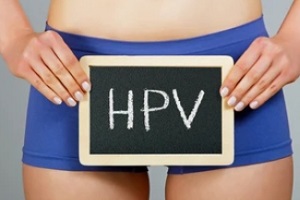 Another topic that may come up is the human papillomavirus, or
Another topic that may come up is the human papillomavirus, or 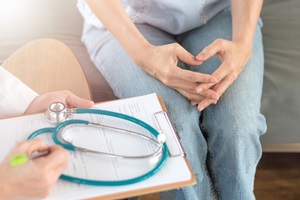 You might be aware that gynecologist and OB-GYNs are both types of doctors whose focus is women’s health. However, although the two titles might sound similar, they are not interchangeable. Here is a closer look at these two medical specialists and what is the difference between a gynecologist and an OBGYN.
You might be aware that gynecologist and OB-GYNs are both types of doctors whose focus is women’s health. However, although the two titles might sound similar, they are not interchangeable. Here is a closer look at these two medical specialists and what is the difference between a gynecologist and an OBGYN.  An
An 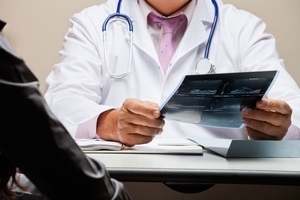 If you are happy with your gynecologist but have recently become pregnant and need a doctor who can help with your pregnancy, consider asking your gynecologist to recommend an OB-GYN. They will likely be familiar with local professionals who have a good reputation and are likely to have a good rapport with you.
If you are happy with your gynecologist but have recently become pregnant and need a doctor who can help with your pregnancy, consider asking your gynecologist to recommend an OB-GYN. They will likely be familiar with local professionals who have a good reputation and are likely to have a good rapport with you.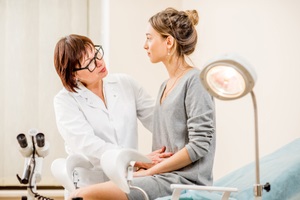 It is difficult for many women to know what is normal when it comes to sexual and reproductive health and what could be a sign of a medical problem. Often, there are topics that many people are embarrassed to discuss with their gynecologist. However, it is important to keep in mind that
It is difficult for many women to know what is normal when it comes to sexual and reproductive health and what could be a sign of a medical problem. Often, there are topics that many people are embarrassed to discuss with their gynecologist. However, it is important to keep in mind that  If you experience incontinence, you should always mention this to your gynecologist. It may be normal to experience this after childbirth, especially if you had a large baby or your delivery involved a vacuum or forceps. As women go into
If you experience incontinence, you should always mention this to your gynecologist. It may be normal to experience this after childbirth, especially if you had a large baby or your delivery involved a vacuum or forceps. As women go into  It is important that your doctor is aware of your sexual history, particularly how many partners you’ve had, whether or not you’ve had any
It is important that your doctor is aware of your sexual history, particularly how many partners you’ve had, whether or not you’ve had any  If you are pregnant or you experience problems related to female or
If you are pregnant or you experience problems related to female or  If your daughter is approaching puberty and is starting to ask questions about
If your daughter is approaching puberty and is starting to ask questions about